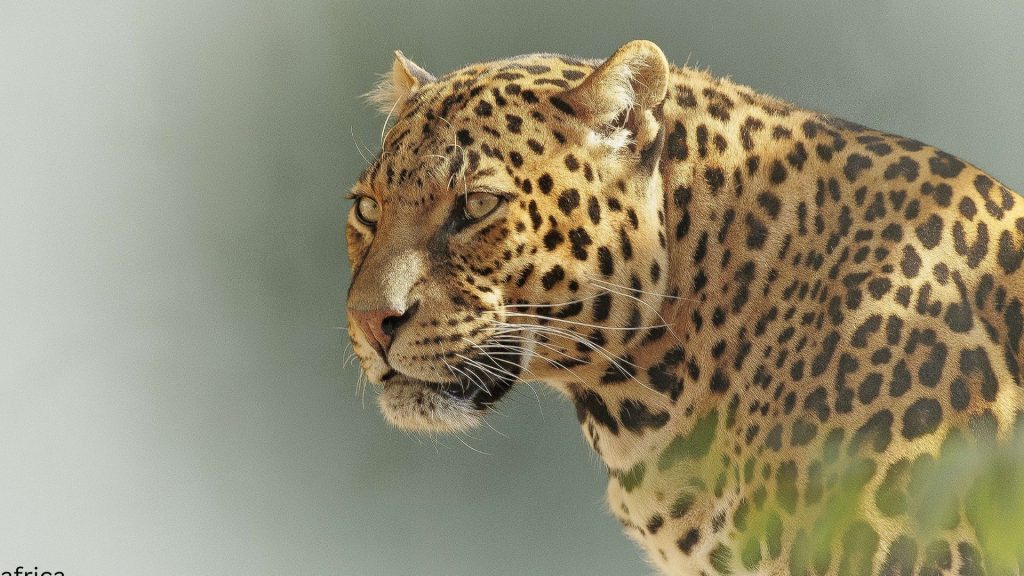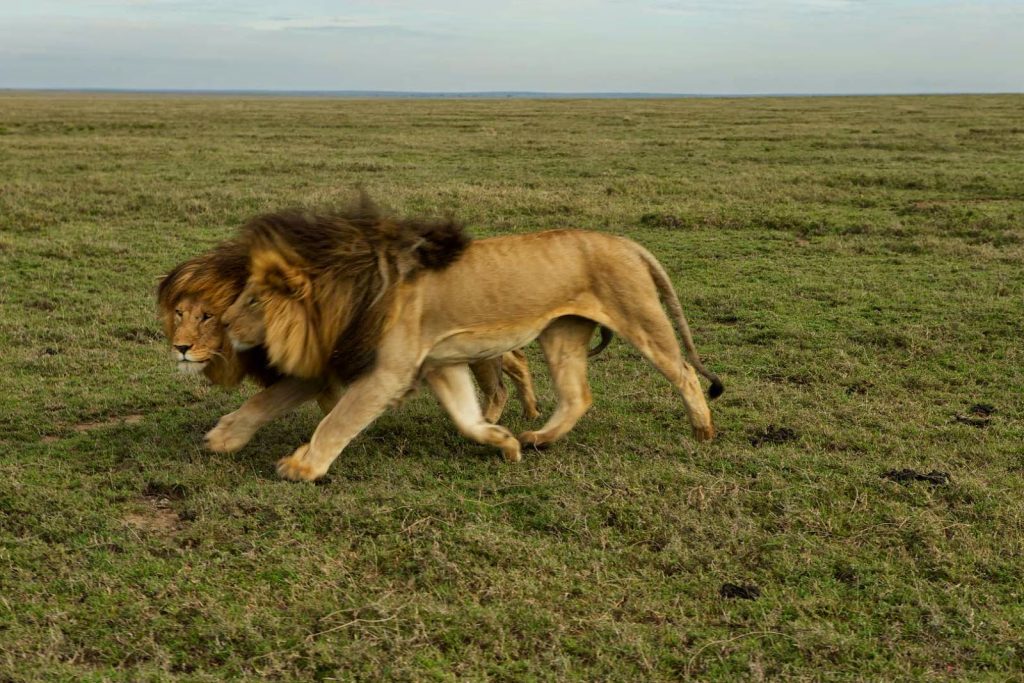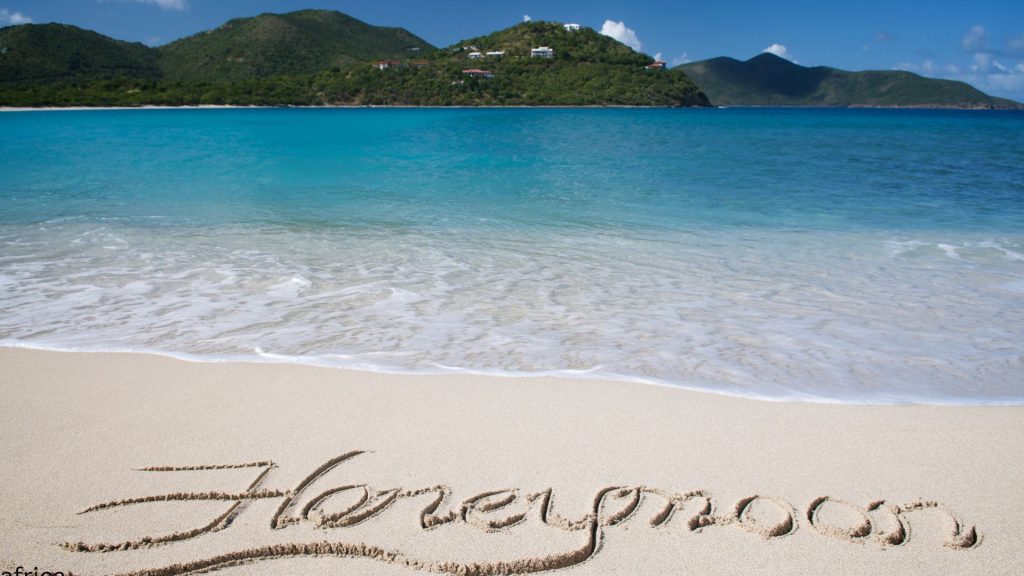Tanga City
Welcome to Tanga City
Tanga was once another stopping point, in competition with Pangani and Bagamoyo, for caravans on their way to the hinterland of Central Africa searching for ivory and slaves. The Germans also made it a center of colonial administration during their occupation in the early 20th century. Evidence of German presence can be found in Tanga’s architecture today, but only a few landmarks and historical buildings have remained in the area. Tanga’s port, however, provides the main link between northern Tanzania and the Indian Ocean.
For the discerning tourist and intrepid traveler, the Tanga region is a stunning diverse destination. It undoubtedly has a lot to offer and is a surprisingly safe and friendly place to travel, filled with an incredible mixture of different cultures and some of the best places to visit.
About Tanga City
Tanga, city and port, northeastern Tanzania, eastern Africa, located on the Pemba Channel of the Indian Ocean. The city itself was established on the coast by Persian traders in the 14th century, but early Iron Age sites in the nearby foothills of the Pare and Usambara mountains and in the Digo Hills are evidence of ancient occupation of the region. In the 16th and 17th centuries, indigenous states formed in the region’s interior were dominated by the Shamba peoples. Omani Arabs raided the coastal region in the early 18th century. During the 1840s, Arab and Swahili traders made their way into the region’s interior for ivory, and later for slaves. The slave trade was abolished after Europeans arrived in the 19th century and established missions in the area. In the early 1880s, the area came under German protection and then became a German colony. The city of Tanga experienced great development under German colonial rule in the 1890s. Tanga’s port facilities were modernized, and the Tanga–Moshi railway stimulated agricultural development, making Tanga the territory’s chief port for the export of sisal and coffee. German colonial rule ended during World War I when the British took over in 1917. After World War I the railway was connected to the central line, giving Tanga a direct rail link to the capital, Dar-es-Salaam, and the central interior. In 1922 the Tanganyika Territory African Civil Services Association, the first known modern African political organization, was formed with Tanga City as headquarters. The region surrounding Tanga formed an integral part of Tanganyika in 1961 when it gained independence, and of Tanzania in 1964, when Tanganyika merged with Zanzibar.
A few miles inland from the port’s vantage point on the Indian Ocean begin a series of hills ridges, and plateaus rising to an elevation of about 985 feet (300 m). Westward are the Usambara and Nguru mountain ranges, reaching elevations of more than 7,500 feet (2,290 m). Their steep slopes drop some 300 feet (91 m) to the Pangani River valley between them. Much of this depression was a lake at some period in the Holocene (Recent) Epoch. Crops grown in the region include sisal, cotton, millet, oilseed, copra, corn (maize), bananas, and cassava. Many of the region’s inhabitants engage in cattle raising and fishing. Local manufacturers include textiles, plywood, furniture, fertilizers, paper products, and soap. Salt, mica, gypsum, and copper are mined nearby. Roads and railways link Tanga with Moshi, Morogoro, and Dar-es-Salaam, and the city has an airport. With the improvement of Dar es-Salaam’s harbor, Tanga’s relative importance as a port has declined. Pop. (2002) 179,400.
Location
Tanga is situated on the Tanzanian northern coast close to the Kenyan border.
Access
It has road connections with Arusha, Moshi, Mombasa, Nairobi, and Dar es Salaam. Tanga has a small airport as well as airstrips at Ushongo (Pangani) and Saadani National Park. Boat services are available to Pangani, Pemba, and Zanzibar.
Accommodation
Tanga has a huge pack of facilities in the city center and along the beach areas. The popular for visitors include: Tanga Beach Resort, Mkonge Hotel, Mtendele Hotel, Inn by the Sea, Regal Naivera Hotel, Nyinda Classic Hotels, New Dolphin Hotel, Nyumbani Hotels and resorts, CBA Hotel, Palm Court Hotel, and more. The rate ranges between US$ 20 to US$ 150 per night.
Tanga has several popular restaurants featuring coastal food menus including local foods such as Rusha Roho restaurant, Raskazone Swimming Club, Tanga Bathing Club, Tanga Yacht Club, and Jet Bar and Restaurant.
Other Services:
Tanga has a few branches of financial institutions such as NMB, NBC, CRDB, Exim, Barclays, and Post Bank. Health services are available at the Bombo Regional Hospital as well as several private hospitals. The regional police post is stationed in the town.
Tanga City tour
Do you know what the name “Tanga” means? Want to know the natives of this City and all the periods that it has passed through until now? Want to know the fame of this city “then” and “now”? Want to know what you can do in this city, where you can go and enjoy your stay in the city?
This tour package provides you with all these answers. Get to know the city of Tanga and its streets, all the activities are done in the city. Site seeing around the city. Visiting the Museum and getting rest in beautiful gardens around the city are some experiences you do not want to miss. This tour will give you a chance to enjoy the nice scenery of Tanga City. Don’t miss this chance!
It is my favorite because I will tell you about what happened in the first world war and the infamous “BATTLE OF BEES”. Visiting local markets and buying a few locally made souvenirs are some of the few activities that will give your dream tour to Tanga City its significance.
Don’t miss it!
ITINERARY
The itinerary will be the following:
– Meet at the hotel ( or at an agreed meeting point) for briefing and pick up.
– Visiting numbered streets
– Visit Ngamiani Market
– Visit Tangamano Market
– Visit Railways street
– Walk in Bismack Memorial Garden
– Market Street and Independence Street visiting
– Battle of Tanga Memorial Graves
– Visiting historical buildings
– Court House
– Cliff Block
– Clock Tower
– Lunch Break followed by
– Visiting Tanga Urithi Museum
– Raskazone Beach
Tour ends. If you have any specific questions or interests, please feel free to us a message. So we can customize the tour for you.



